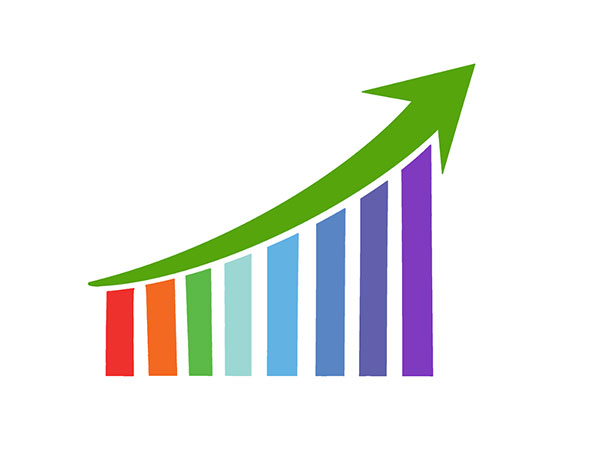New Delhi [India], August 27 (ANI): Over the last ten years, the government has escalated its capital spending on infrastructure from Rs 1.97 trillion (1.6 per cent of GDP) in FY2014-15 to Rs 11.1 trillion (3.4 per cent of GDP) in FY2024-25, according to Moody’s.
This leap reflects a broader strategy to enhance physical and digital infrastructure, supporting an average annual GDP growth rate of 6 per cent and encouraging private sector participation through public-private partnerships (PPPs).
The increase in government capital expenditure and private sector investments has catalysed India’s infrastructure overhaul.
India’s infrastructure development has seen unprecedented progress over the past decade, driven by substantial capital spending from both government and private sectors. This transformation spans physical infrastructure, such as railways, roads, airports, and digital advancements, positioning India as a leader among emerging markets.
Recent developments have not only bolstered connectivity and logistics but also significantly improved the country’s ranking on the World Bank’s Logistics Performance Index (LPI).
India’s physical infrastructure has expanded dramatically. The country now boasts the second-largest road network globally, trailing only the United States.
Airport passenger handling capacity has surged, with India recently surpassing Brazil and Indonesia to become the third-largest domestic aviation market, following China and the US. This growth is largely attributed to the government’s Ude Desh ka Aam Naagrik (UDAN) scheme, which has enhanced regional aviation connectivity.
Despite these achievements, per capita travel and consumption statistics remain lower compared to many emerging market peers. However, India’s infrastructure density, including road and railway network lengths per 1,000 kilometres, surpasses that of countries like China.
India has distinguished itself through its rapid advancement in digital infrastructure, notably via the Digital Public Infrastructure (DPI). This initiative, part of the broader Digital India campaign, has significantly expanded internet connectivity and facilitated digital service delivery.
The DPI comprises three layers: digital identification (Aadhaar), payment systems (Unified Payments Interface, UPI), and data exchange (DigiLocker and Account Aggregator).
Aadhaar, introduced in 2010, achieved a 95 per cent adoption rate by 2023, enabling efficient social safety net payments and expanding access to online services.
UPI, launched in 2016, processed Rs 200 trillion in transactions during FY2023-24, marking a tenfold increase from FY2017-18. The number of fast payment transactions per capita has surged from 1.5 in 2017 to 57.6 in 2022.
India’s enhancements in infrastructure are reflected in its improved LPI ranking, which has risen from 54 out of 160 countries a decade ago to 38 out of 139 countries. The infrastructure component of the LPI has similarly improved, moving from 58 to 47 in the same period.
The government’s continued focus on infrastructure development is evidenced by the INR 11.1 trillion capital expenditure allocated for FY2024-25, a 16.9 per cent increase from the previous fiscal year. This investment is expected to drive further improvements in logistics, connectivity, and overall economic growth.
While infrastructure development promises significant economic benefits, challenges remain, particularly in boosting non-agricultural employment. India’s agricultural sector still employs a substantial portion of the labour force, with high unemployment rates and a slow recovery from the COVID-19 pandemic.
The government has addressed these issues by allocating Rs 2 trillion for new employment and skilling schemes in the final budget for FY2024-25.
Infrastructure growth is set to benefit various sectors. The development of new greenfield airports and expansions of existing facilities, such as those in Navi Mumbai and Noida, will boost the aviation sector.
Investments in renewable energy and electricity transmission are crucial for meeting India’s 500 GW renewable energy target by 2030.
The data centre industry is expected to grow significantly, supported by favourable government policies and increasing demand for data storage.
The steel and cement industries will also benefit from infrastructure projects, with steel demand projected to grow by 5 per cent-7 per cent over the next 12-18 months and cement demand expanding by 5 per cent until the end of the decade. (ANI)













